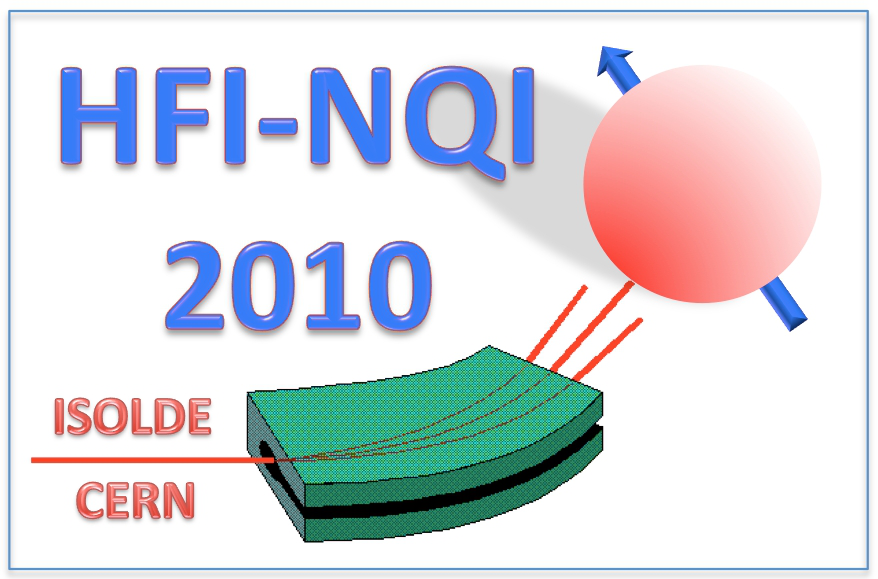Speaker
Description
Summary
Carbon nanotubes (CNTs) possess unique mechanical and electronic properties suitable for fabricating the nano-scale building blocks of nanodevices. Such nanoscale magnetic materials may be used in spin-dependant electronic devices and magnetic data storage. Because small particles depend strongly on the size [1], the control of their size and shape is indispensable for advance applications. In this study, MWCNTs synthesized by chemical vapor deposition (CVD) technique are investigated with synchrotron radiations at Pohang Light Source (PLS), Korea. Near edge x-ray absorption spectroscopy (NEXAFS) measurement at C K, Co L3,2 and Fe L3,2–edges, and x-ray magnetic circular dichroism (XMCD) at Co and Fe L3,2 –edges have been carried at 7B1 XAS KIST and 2A MS beamline respectively to understand the electronic structure and responsible magnetic interactions at room temperature. X-ray absorption spectroscopy (XAS) at C K-edge shows significant p-bonding and Co and Fe L-edges proves the presence of Co2+ and Fe2+ in octahedral symmetry. Fe and Co catalysts in these MWCNTS shows good XMCD signal at 300K and 90K. The effect on the magnetism is also studied through soft heavy ion (SHI) radiations and magnetism is found enhanced and change in the electronic structure in Co-CNTs is noticed.
[1] E. Wohlfarth, in: G. Rado, H. Suhl (Eds.), Magnetism, Vol. 3 (Academic Press, New York, 1963).
| Are you a student, a delegate from developing countries or a participant with physical needs and would like to apply for a sponsored accomodation. Please answer with yes or no. | YES |
|---|---|
| Please specify whether you would prefer an oral or poster contribution. | Poster |
